All-terrain vehicles (ATV’s) are specifically designed for all types of terrain from mud, to rocks, the plains, and even snow. Snow is by far the most difficult for all vehicles because of the freezing temperatures that coincide with the white stuff. Not only do you have to worry about the sheer amount of snow, which you can get stuck in, but you also have to take into account the freezing temperature that can affect both you and your machine, and make slipping a big issue.
How much snow can an ATV handle? How much snow an ATV can handle depends on the traction you can get. With the right modifications, your ATV should be able to easily tackle upwards of 2 feet of snow in your ATV with the right modifications.
The modifications you will want if you are riding in a lot of snow aim to improve:
The more traction you have, the greater the amount of snow you can traverse in your ATV. The same can be said for power and plowing ability. If you are able to push more snow out of your way, it will make it easier for you to traverse the terrain.
This article will explore what modifications can be made to your ATV that will coincide with the aspects of your ATV as mentioned above. Even if you do not plan to use your ATV for heavy snow terrain, this article will give helpful advice on items or things you should think about when riding your ATV in all types of conditions.
All-terrain vehicles are extremely customizable. You can make your ATV perfectly suited for the type of terrain you will be experiencing when you ride by simply changing out a few parts.
You should always refer back to your owner’s manual to see the lowest temperature at which your ATV can operate. Most owner’s manuals will have outlined ways you can reduce the temperature that your ATV can operate in. Some small, easy steps or additions you can add to your ATV that can help it run at lower temperatures include:
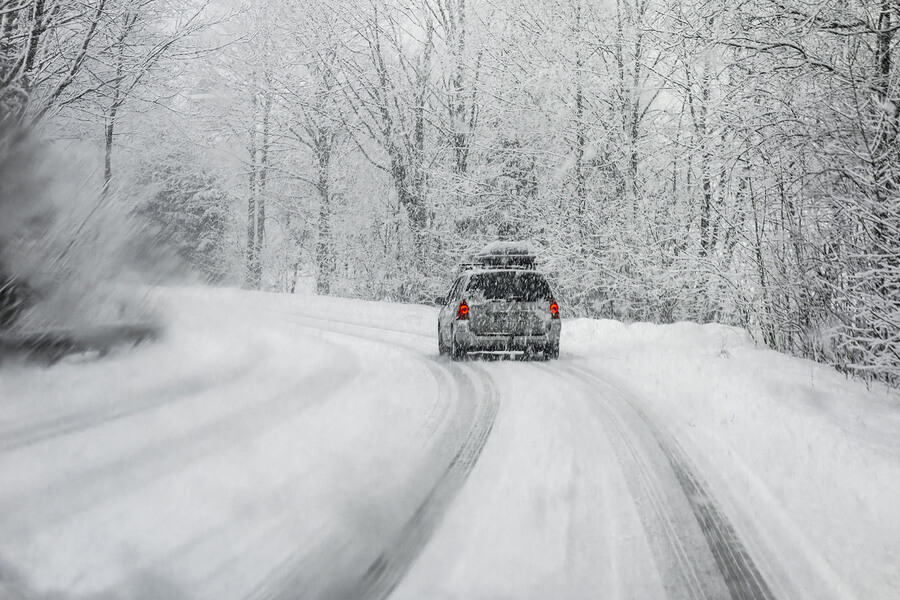
These parts and accessories ensure that your ATV can start in freezing temperatures. The hardest part about cold weather, as any vehicle owner can surely attest to, is getting your vehicle to start up in the below freezing temperatures. Once you get your ATV started, the heat from the engine keeps everything warm and powered so you can go on your adventure.
TiresBy far the most important part of your ATV to consider when determining what terrain you will be facing, ATV tires directly relate to how much traction you will be getting from your ATV. Tires are the part of your ATV that will be in constant contact with the ground and determine whether your ATV will make it in the snow.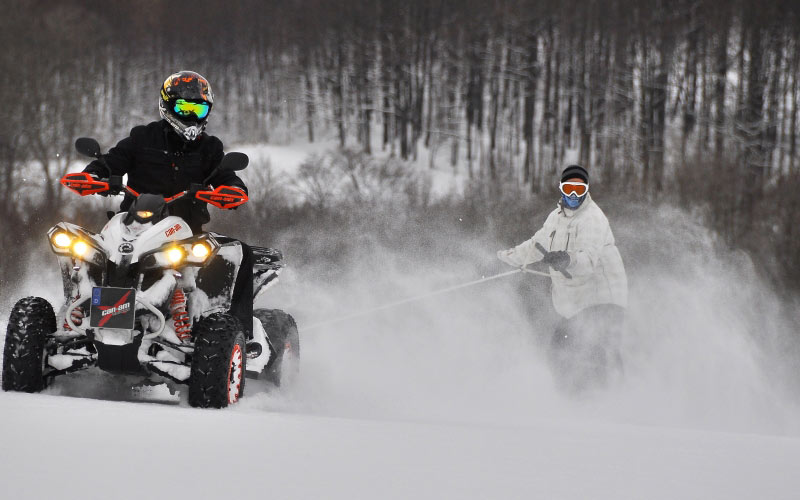
Special ATV tires are made for all kinds of terrains. Most tire manufacturers make cheap tires that can be used for “all terrain,” which is a shaky statement at best. In order to get the best performance from your ATV on the type of terrain you will be facing, it is vital that you get the tires made specifically for that terrain.
For snow terrain, you want tires that meet the following categories:
The ridges on the tires are known as tread blocks. They are the raised pattern that fully encompass your tire. The more these ridges protrude outwards from your tire base, the deeper snow your ATV can travel through. The rigid tires dig into the snow and allow you to gain more traction than if you had smooth tires.
Radial paddles are exactly what they sound like. Radial paddles are raised sections on the tire that can span the entire width of the tire. They give the tire the look as if it is the paddle of a paddle boat and function in much the same way as large ridges. Radial paddles are more important than ridges when you are traveling through deep snow as they are able to push you through soft terrain.
They give the tire the look as if it is the paddle of a paddle boat and function in much the same way as large ridges. Radial paddles are more important than ridges when you are traveling through deep snow as they are able to push you through soft terrain.
The raised ribs on snow tires are a combination of both the rigid tread blocks and radial paddles. Raised ribs will be located on tread blocks and look much like the radial paddles. Raised ribs are specially made for moderately deep snow to little amounts of snow so that you can maintain great traction while still having the smoothest ride as possible.
The next aspect of the tire you have to take into account when determining how much snow your ATV will be able to traverse is the width of your tire. You want a wider tire when dealing with deeper snow to spread out the weight of your ATV over a larger area. The more spread out the weight is, the less likely your ATV will sink in the snow and get stuck. The wider the tires means a greater distribution of the weight of your ATV over a larger area.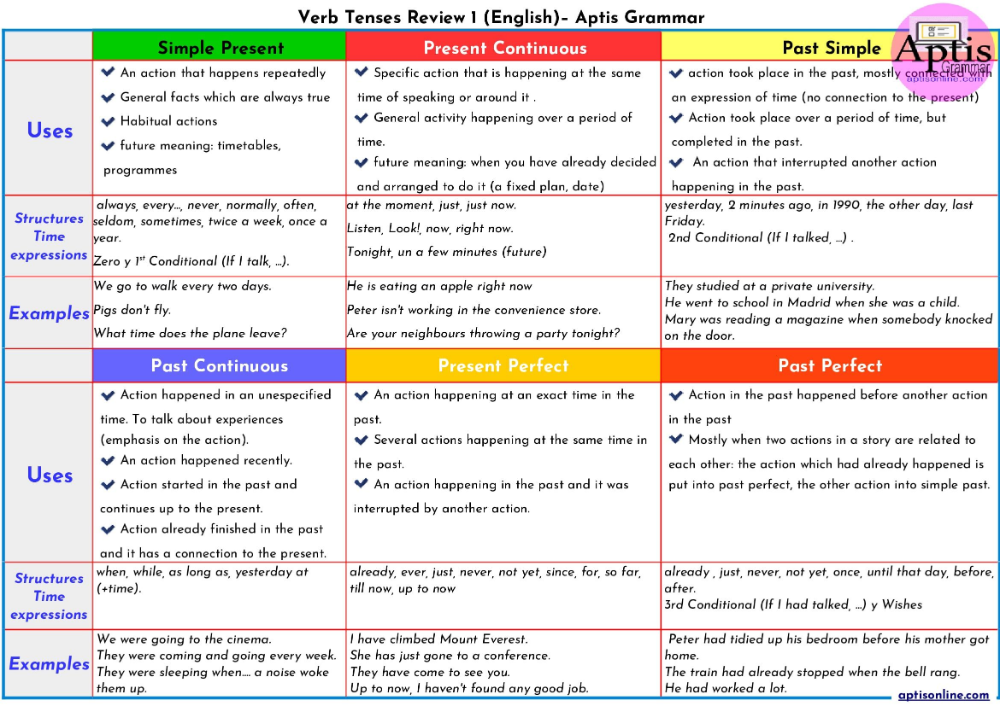
If you want our recommendation on an excellent snow tire, check out the Maxxis Snow Tires.
Are there Adjustments to Help in Deeper Snow?Yes! There are many adjustments you can make to customize your ATV to make it be able to function and excel in all types of terrain, especially snow. These adjustments can be made to different places of the ATV. You can add accessories to your ATV or add additions to already modified parts on your ATV.
ATV Tracks are the most obvious choice, but they are expensive and limit your riding to only snow. However, if you are riding in deep snow and not on roads or dirt or anything else, replacing your wheels with tracks are your best option to avoid getting stuck.
Tire AccessoriesWith tires being the most important part of your ATV when it comes to traversing over snow, you can further customize them to ensure that you have the best traction possible.
There are two ways you can add traction to your tires through the addition of accessories: chains and ice spikes. Tires chains are the most common way to add traction to your tires in snowy or icy conditions. The downside of having tire chains on your ATV is that you cannot go full speed since the chains could break sending metal chunks flying in all directions.
–These chains are our favorite, but they do come with a hefty price tag-
Ice spikes or studs are rubber spikes on the tire that are cone shaped. The shape allows the tire to be able to grip icy surfaces by poking holes in the ice and gaining traction through that method. These studs are tailored towards travel across ice instead of snow.
-You can find a lot of different options here on Amazon-
WinchEven if you customize your ATV with everything to make it a beast when it comes to traveling through snowy terrain, there is always a possibility that you will get stuck along your journey. When you do get stuck, it could take hours for you to dig your heavy ATV out of the snow. You have to work it back and forth till you get the ATV free which requires a ton of effort.
When you do get stuck, it could take hours for you to dig your heavy ATV out of the snow. You have to work it back and forth till you get the ATV free which requires a ton of effort.
You can save a lot of time and energy by installing a winch on your ATV. The winch allows you to be able to pull your ATV out of snow drift very easily. All you have to do is find a sturdy tree or rock to tie the winch around and turn it on. The winch will do all the hard work of dragging your ATV out of the deep snow.
Check out our Recommended Gear for our Winch recommendations.
LightsIf all else fails and you find yourself completely stuck and unable to get out while on a trail or you are riding your ATV in weather conditions that limit sight range, you need to have plenty of lights on your ATV in order to be seen. The ability to be seen by others is vital for your safety when driving any ATV.
We use the sweet lights from Gorilla Whips, which we reviewed not long ago.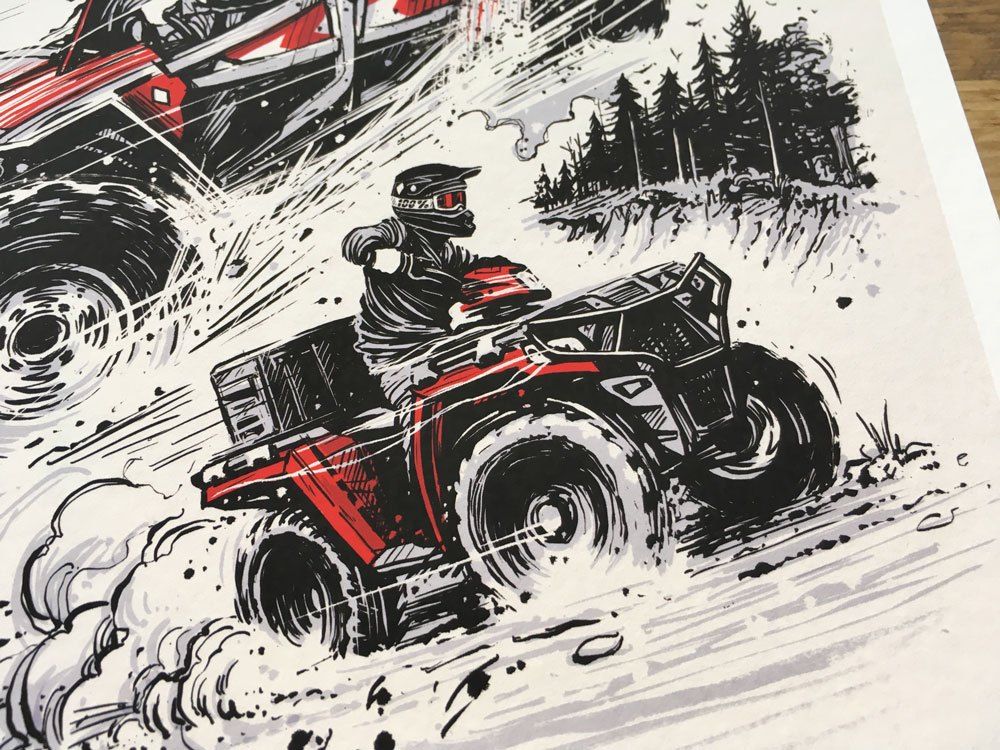
ATV riding in the snow is a ton of fun! If you haven’t done it yet, you need to give it a try. There are some things you can do to make your ride more fun and hit the deeper snow. Just make sure to be careful!
One safety tool I like to have on me when riding in snow or other places I may get stuck is some recovery boards. They are a life saver at getting traction when you need it.
Riding Tips January 05, 2022
When it comes to winter riding, it’s about traction, traction and more traction. Nothing will spoil a day faster than spinning your wheels in a driveway drift or getting bogged down on a remote trail. If you’re looking for a good 4-wheeler in the snow, the Polaris Sportsman 570 Ride Command Edition offers the industry’s fastest-engaging all-wheel drive to instantly stop the spin and get you going. Plus, with Ride Command® onboard you can add a plow system and gain intelligent touch-screen control over your plow blade and navigate winter trails with ease.
Plus, with Ride Command® onboard you can add a plow system and gain intelligent touch-screen control over your plow blade and navigate winter trails with ease.
The same goes for using your UTV in snow. You’ll want the industry’s fastest-engaging all-wheel drive ready to throw its torque into the frozen turf. It’s a standard feature on every RANGER, as well as most other Polaris vehicles, so you can charge confidently through the white stuff.
This workhorse accepts a plow blade as well, offers RIDE COMMAND options and can be outfitted with Pro Shield Cab components. These tight-sealing windshields, doors and panels can be added to block out the elements and the cold. Add a cab heater for extra warmth. Or go all enclosed with the RANGER NorthStar Edition—ready-made for the coldest conditions.
Being prepared for anything is always important when off-roading, but it’s especially important when the weather dips below freezing, and the snow begins to fly. Make sure your ride is properly equipped to handle the snow and the terrain you plan to tackle.
Make sure your ride is properly equipped to handle the snow and the terrain you plan to tackle.
One of the most common additions for winter riding is a plow. And while it can make quick work of a long driveway (See: 4-Tips for Plowing Snow), it also comes in handy for clearing a trail. Adding a plow system to your ATV, UTV or SxS is easier than you think with our Plow System Builder. Give it a try.
As we mentioned earlier, traction is essential to making sure your ride is snow worthy. If you own a Polaris ATV or SxS, our all-wheel drive system is a great start. You can also swap out your tires for extra traction. ATV Snow Tires or UTV Snow Tires are made to grab hold in wintery conditions and keep you rolling. ATV tire chains are also an option.
There are few things more impressive looking than an off-road vehicle equipped with tracks. If you want to own the snow in some of the most challenging conditions, this is the way to go. Their triangular design optimizes weight distribution over a larger area for superior flotation, outstanding traction and sure handling over snow. They’re available on Sportsman, RANGER and RZR off-road vehicles.
If you want to own the snow in some of the most challenging conditions, this is the way to go. Their triangular design optimizes weight distribution over a larger area for superior flotation, outstanding traction and sure handling over snow. They’re available on Sportsman, RANGER and RZR off-road vehicles.
With your ride prepared to handle the snowy conditions, it’s important that you are too. Follow these tips to enhance your comfort, promote personal safety and help you prepare for the conditions you’ll be facing whether you’re working on property or out on the trails.

Dress appropriately by layering and using moisture-absorbing material for your base layer. Increase the thickness for your second layer for warmth, and find outer layers which are both breathable and waterproof. Also invest in a good pair of boots, socks, gloves, and goggles with lenses that won’t fog.
Also invest in a good pair of boots, socks, gloves, and goggles with lenses that won’t fog.
It’s really not that hard to extend your riding season into the snowy season. The key to riding in the winter is really about preparation. Making sure your vehicle is well equipped, that you’re properly dressed, and that you’re prepared for anything unexpected. This will go a long way toward making the day a success—whether you’re riding on-property or navigating fun trails that are open all year round. Stay warm, and we’ll see you out there.
Many people wonder if it is possible to ride ATVs in winter. In fact, it turns out that lovers of a sports lifestyle choose a motorcycle for the summer, and a snowmobile for the winter. But there are also those who manage to use ATVs all year round, regardless of weather conditions. A dose of adrenaline and saving space in the garage, as well as budget funds for two types of equipment, are the main reasons for this approach.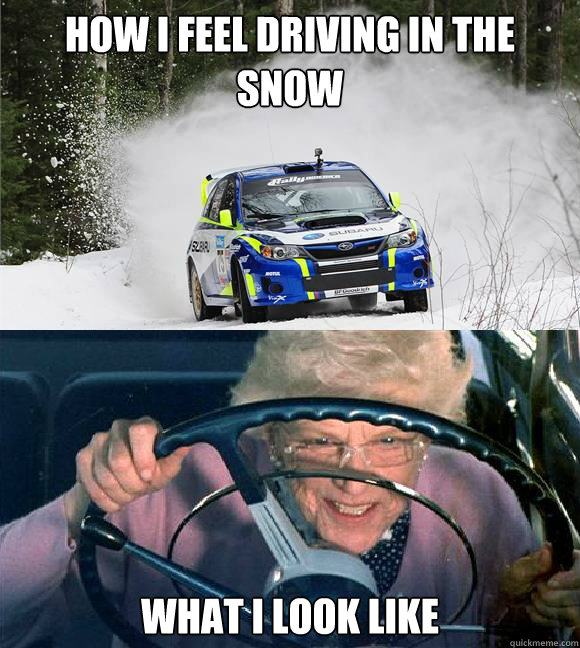 Each type of transport also requires a separate technical inspection and a permit to drive.
Each type of transport also requires a separate technical inspection and a permit to drive.
But if you are wondering whether it is worth riding an ATV in winter, take care of its proper operation and preparatory work for it. There is nothing complicated about this, and such preparation is not much different from preparing a motorcycle. Let's consider in more detail.
The ATV is a kind of hybrid of a tractor and a motorcycle, that is, a motorcycle engine is bolted to the tractor chassis. Engine preparation comes down to adjusting the carburetors (if the engine is carbureted) to a low temperature and changing the oil to "winter", that is, with improved starting characteristics in cold weather.
For the vast majority of ATVs, the instructions require the use of motorcycle oil with a viscosity of SAE 10W-40 and a JASO MA quality level. Usually it is called semi-synthetics, and it is considered efficient up to a temperature of -20 ° C, which is clearly not enough for winter operation in the middle lane, to say nothing of Siberia and the North.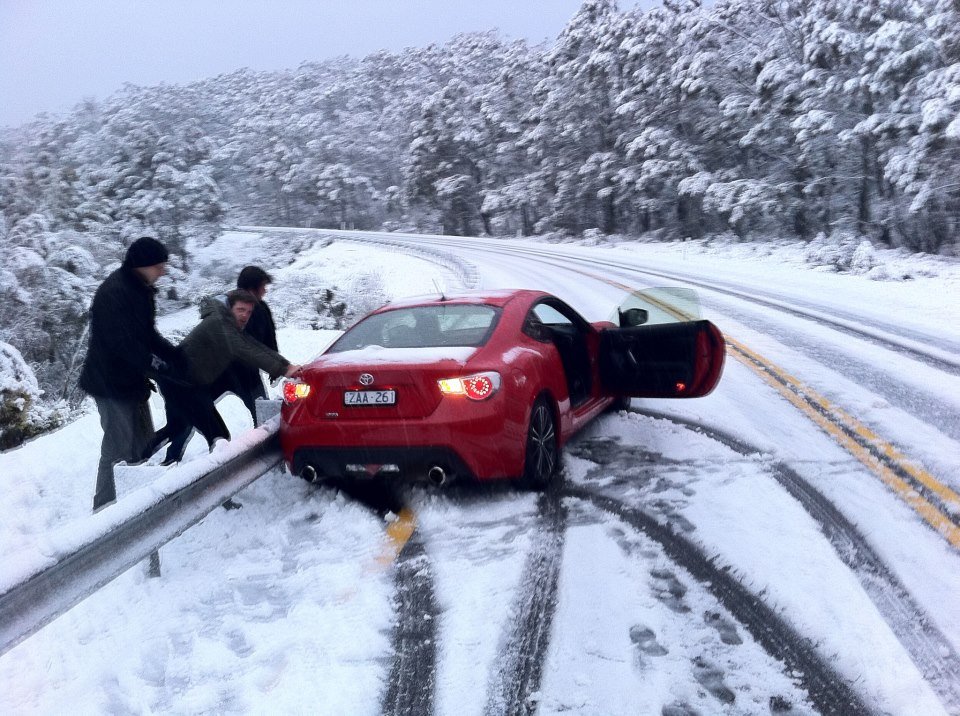 Therefore, before winter, even if the oil has not worked out the required resource, we ruthlessly change it to a fully synthetic one with an extended temperature range, for example: Liqui Moly ATV 4T Motoroil 5W-50. This lubricating fluid meets improved cold start temperatures and is able to resist overheating. This phenomenon may surprise many when riding an ATV in winter, but in fact it turns out that it is not so rare. Occurs when skidding in the snow, so this must be taken into account in advance.
Therefore, before winter, even if the oil has not worked out the required resource, we ruthlessly change it to a fully synthetic one with an extended temperature range, for example: Liqui Moly ATV 4T Motoroil 5W-50. This lubricating fluid meets improved cold start temperatures and is able to resist overheating. This phenomenon may surprise many when riding an ATV in winter, but in fact it turns out that it is not so rare. Occurs when skidding in the snow, so this must be taken into account in advance.
There are two more specific winter problems with the ATV engine when driving:
 The fact is that in the lower part, under the engine, the breathers of the gearbox, variator and motor are brought out. These are long plastic tubes that overlap due to freezing of water condensate in frosty times. As a result, the pressure in the crankcases rises, and oil may be squeezed out. Prevention consists in treating the tubes with Liqui Moly Silicon-Spray, which will prevent the accumulation of ice. To solve a problem that has already arisen, you can use the Anti-ice Liqui Moly defroster. The same alcohol liquid will help unlock the throttle and other controls if they are not equipped with heating. By the way, the brake mechanisms can also freeze, especially in the parking lot after a tempo ride.
The fact is that in the lower part, under the engine, the breathers of the gearbox, variator and motor are brought out. These are long plastic tubes that overlap due to freezing of water condensate in frosty times. As a result, the pressure in the crankcases rises, and oil may be squeezed out. Prevention consists in treating the tubes with Liqui Moly Silicon-Spray, which will prevent the accumulation of ice. To solve a problem that has already arisen, you can use the Anti-ice Liqui Moly defroster. The same alcohol liquid will help unlock the throttle and other controls if they are not equipped with heating. By the way, the brake mechanisms can also freeze, especially in the parking lot after a tempo ride. In addition, in order to ride an ATV in the winter, you should pay attention to the liquid cooling system. It may be necessary to replace the antifreeze with a more frost-resistant one. We recommend using Liqui Moly Kuhlerfrostschutz KFS 12++, a concentrate that should be diluted 2:1 with water (product and water).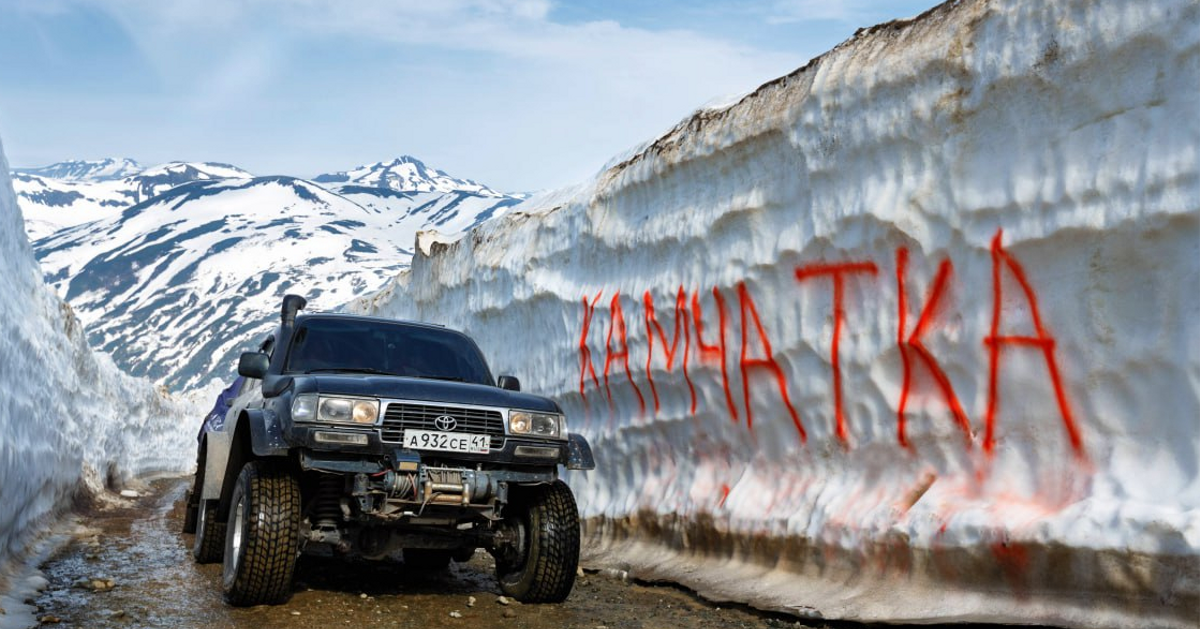 Such a mixture can only freeze at temperatures below -60 °C. Hence the conclusion that such a reserve will not interfere even in the Moscow region.
Such a mixture can only freeze at temperatures below -60 °C. Hence the conclusion that such a reserve will not interfere even in the Moscow region.
She does not need special arrangements. It is advisable to change the oil in the bridges to fully synthetic, if you have not already done so. Motorcycle synthetics are excellent for increased loads - Motorbike Gear Oil VS 75W-140, if such oil is allowed in the instruction manual. Anthers on CV joints must be regularly treated with silicone so that they do not lose elasticity in frost. The chain in winter conditions needs to be processed less often and you can use the same chain lubricants as in summer, for example: Motorbike Kettenspray Enduro.
Change old brake fluid ruthlessly in winter for ATV riding. The accumulated water insidiously freezes in the brake machines and working cylinders. It happens, as always, suddenly, and you already know what happens when the brakes fail. Brake Fluid DOT 5. 1 has good low-temperature qualities. It remains fluid at temperatures even below -50 °C, and it is not for nothing that travelers in the Arctic latitudes use it.
1 has good low-temperature qualities. It remains fluid at temperatures even below -50 °C, and it is not for nothing that travelers in the Arctic latitudes use it.
Rarely does anyone on an ATV change tires to winter tires, considering the usual mud option suitable for winter conditions. However, on clear ice, rough off-road tires are completely helpless. The situation can be improved by studding large tread blocks with cargo studs. Such services are provided by both some tire shops and cargo services. You can also “cut” the rubber into small lamellas using a grinder or a special device, but this is a very laborious and literally dirty event.
In order for ATV riding in winter to be normal, attention should also be paid to the winch, as the only means capable of pulling out of the snow captivity. To do this, it is necessary to properly service the structural element even before the onset of winter time in accordance with the instructions attached to it.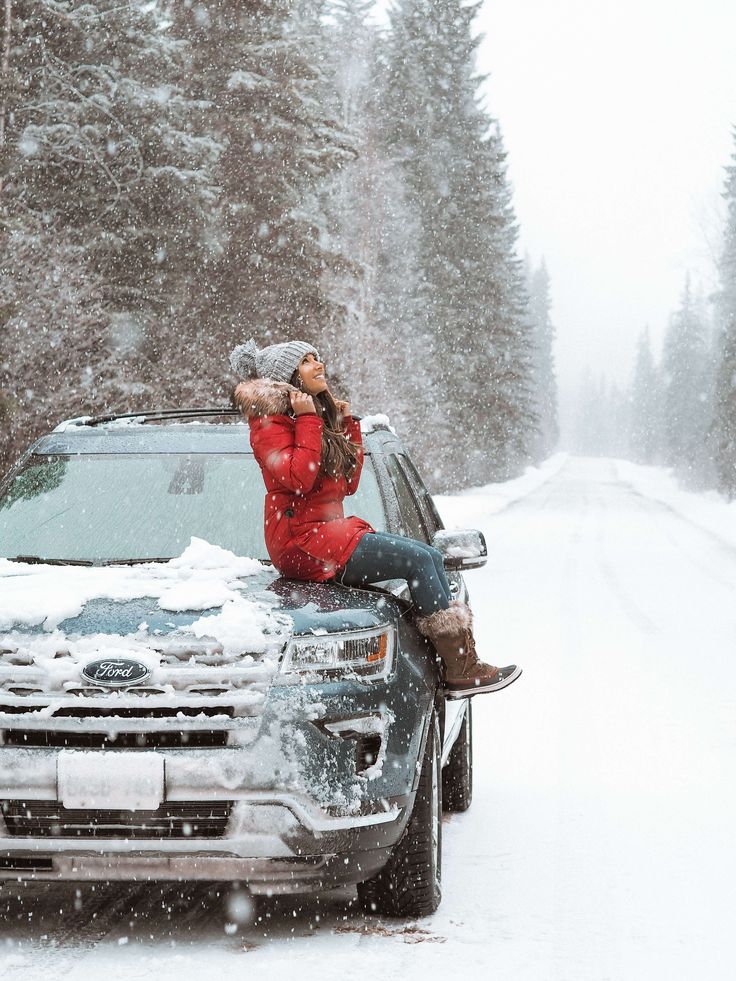 To do this, it is necessary to change the lubricant to a low-temperature one and remove water if it has entered the gearbox. For the latter, Liqui Moly Marine Winschfett marine waterproof synthetic lubricant with Teflon is optimal. Its temperature range allows you to use the winch down to -35 ° C, and one tube is just enough. Electronic-Spray contact lubricant is well suited for servicing electrical contacts and solenoids, it will also save you from freezing.
To do this, it is necessary to change the lubricant to a low-temperature one and remove water if it has entered the gearbox. For the latter, Liqui Moly Marine Winschfett marine waterproof synthetic lubricant with Teflon is optimal. Its temperature range allows you to use the winch down to -35 ° C, and one tube is just enough. Electronic-Spray contact lubricant is well suited for servicing electrical contacts and solenoids, it will also save you from freezing.
Pay attention to the fuel system as well. Both carburetor and injection systems need maintenance, for which Motorbike 4T-Bike-Additiv is well suited. It cleans the system of carbon deposits, makes it easier to start the engine, improves traction and protects against corrosion.
ATV with proper care, will give you pleasure both in summer and in winter. There is nothing terrible or frightening in winter trips, it is enough to prepare the equipment and acquire the appropriate equipment.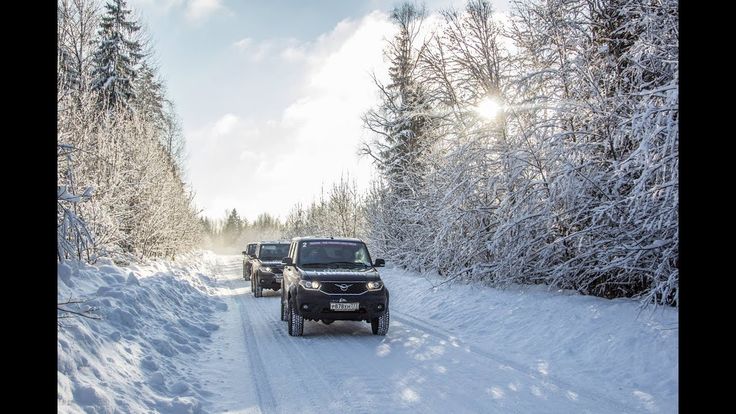
It is not necessary to keep an ATV in the garage all winter. Riding in the cold is not only fun, but also useful - you can hone your control skills on slippery and loose surfaces. At the same time, it is important to properly maintain the equipment, not to overestimate its capabilities and wear warm clothing. We will tell you more about the nuances of winter operation in the article.
On a rear-wheel drive ATV, especially if it is not a motocross machine with a powerful motor, it is better not to leave the rolled roads - you can get stuck after a couple of meters. All-wheel drive equipment confidently overcomes snow with an average depth of 30-40 cm. The less weight, more powerful engine and more wheels, the better. But it’s not worth driving far alone - so as not to be alone in the cold with a stuck ATV.
To improve deep snow flotation, some riders install tracks. They allow you to move on virgin soil up to a meter deep and provide excellent traction, which is useful for chores such as towing cargo or clearing snow. The main disadvantages of using caterpillars are increased fuel consumption, accelerated wear of the undercarriage and a halving of the maximum speed. It is also important to remember that a stuck tracked ATV is often difficult to pull out even with other equipment.
They allow you to move on virgin soil up to a meter deep and provide excellent traction, which is useful for chores such as towing cargo or clearing snow. The main disadvantages of using caterpillars are increased fuel consumption, accelerated wear of the undercarriage and a halving of the maximum speed. It is also important to remember that a stuck tracked ATV is often difficult to pull out even with other equipment.
Use the correct oil. Instead of 10W-40 in winter, it is better to fill in 5W-40. It is less viscous, due to which it will be easier to start the engine in severe frost - even at -30 ° C. For CFMOTO ATV engines, CFMOTO G-Motion is the best oil - research shows that it retains its protective properties in the most extreme conditions.
Warm up the engine longer. To extend the life of the motor, let it idle for 5 minutes. During this time, the oil will warm up and be evenly distributed.
If the engine is carbureted, the starting enrichment must be fully opened before starting, set to the middle position during warm-up, and returned to the working position before driving.
Protect wiring. It is advisable to treat the contacts with spray or electrical lubricant to prevent moisture ingress, oxidation and short circuits.
Fill with new coolant. If water could get into the antifreeze, it is better to replace it - to avoid freezing.
Remove the additional protection of the levers. To prevent ice from damaging the cv joint boots, you need to periodically clean the snow from the levers. With protection, it is stuffed in larger quantities, and it is problematic to remove it.
Check battery charge more often. Normal voltage is 12.6 V to 13.15 V.
Wear warm clothing . It is better to choose equipment made of membrane fabric - it does not let moisture in and removes sweat, preventing hypothermia. One of the most affordable winter outfit options is CFMOTO winter suits. For calm walks, it is better to use several layers of clothing - in addition to a jacket and semi-overalls, wear thermal underwear and a fleece jacket. You will also need gloves, a balaclava and warm shoes.
One of the most affordable winter outfit options is CFMOTO winter suits. For calm walks, it is better to use several layers of clothing - in addition to a jacket and semi-overalls, wear thermal underwear and a fleece jacket. You will also need gloves, a balaclava and warm shoes.
Install cold protection accessories . Heated grips and a gas trigger, combined with hand protection, will allow you to ride comfortably even with light gloves.
Do not drive too fast . There are no obstacles visible under the snow - you can run into a stump or an anthill. In the best case, this will end with the repair of equipment.
Swivel smoothly . The steeper the trajectory, the higher the risk of skidding.
Note extended braking distance . You need to slow down in advance - there may be ice under a layer of fresh snow.
Go to water bodies only as a last resort, and if the ice thickness is from 20 cm .